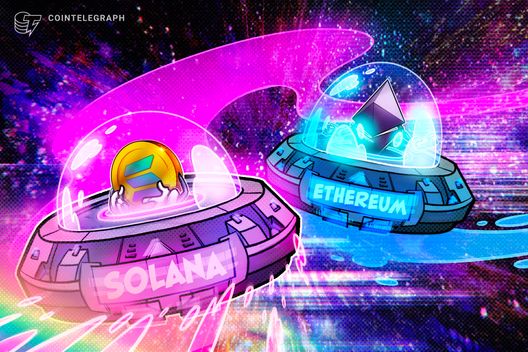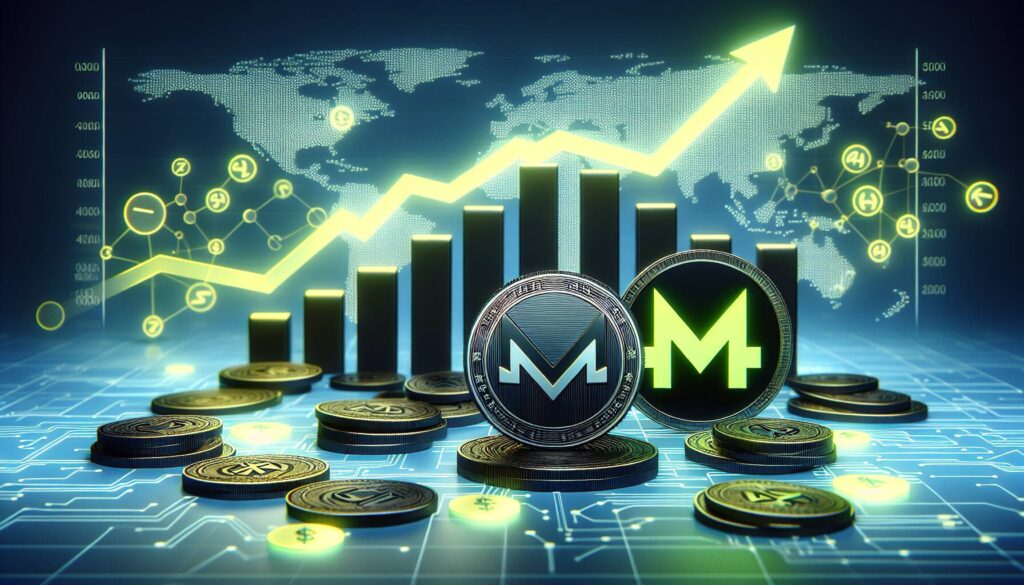The emerging landscape of cryptocurrencies is witnessing intriguing developments as discussions around a potential US Solana Exchange-Traded Fund (ETF) gain momentum. If approved, this ETF could significantly transform not just how investors access the Solana ecosystem, but also influence the overall flows and usage of this dynamic blockchain platform.
Solana, known for its high-speed transactions and lower fees, has been positioning itself as a strong competitor to Ethereum. With the speculation surrounding the US SOL ETF, industry experts are keenly observing several key metrics, including transaction volumes and user adoption rates, to determine if Solana could outperform Ether in the coming months.
“The introduction of a Solana ETF could democratize access to Solana’s innovative technology, attracting a wave of new investors,” says a cryptocurrency analyst.
As the crypto market evolves, the potential shift in investor sentiment, brought on by the US SOL ETF, could create ripples that not only benefit Solana but also reshape the competitive landscape of blockchain applications. Keep an eye on these developments, as the implications for market dynamics and investor behavior could be significant.
Impact of a US SOL ETF on Solana and Ether
The introduction of a US SOL ETF could significantly alter the landscape of cryptocurrency investments and usage.
- Increased Accessibility
- A US SOL ETF could make Solana more accessible to traditional investors.
- This increased access might attract a broader range of investors, including those who are currently hesitant to invest directly in cryptocurrency.
- Market Flows
- The launch of the ETF could result in substantial capital inflows into Solana.
- Increased flows could impact Solana’s market valuation and stability.
- Usage Metrics to Monitor
- Transaction Volume: A rise in transaction volume could indicate growing adoption and usage of Solana.
- Active Wallets: The number of active wallets can reflect user engagement and the health of the ecosystem.
- Network Speed and Efficiency: Improvements in Solana’s transaction speed and cost-effectiveness compared to Ether may enhance its attractiveness.
- Performance Comparison
- The ETF’s impact on Solana’s price could be compared to Ether’s performance, providing a benchmark for investors.
- Performance metrics might help investors make informed decisions regarding portfolio diversification between SOL and ETH.
How a US SOL ETF Could Transform the Crypto Landscape
The introduction of a US SOL ETF marks a pivotal moment in cryptocurrency investment, bringing with it a wave of potential advantages. Unlike traditional Ether investments, a SOL ETF offers simplified access for retail and institutional investors alike, effectively democratizing participation in the Solana network. This could lead to a significant increase in flows into Solana-based projects, potentially outpacing Ethereum’s growth metrics as investors seek higher returns in a rapidly evolving market.
One of the competitive advantages of a SOL ETF is its ability to attract a broader audience, minimizing the technical barriers typically associated with purchasing and holding cryptocurrencies directly. By providing a regulated investment vehicle, this product can appeal to risk-averse investors who are keen on diversifying their portfolios without engaging in the complexities of private key management. However, this shift may create challenges for Ether, which has long been the dominant player in the smart contract arena. As attention shifts to Solana, Ethereum’s market capitalization and influence could face pressure.
Investors focused on groundbreaking projects and those looking for promising alternatives to Ethereum stand to benefit the most from this ETF. Conversely, Ethereum-centric funds and services may encounter dwindling interest as SOL gains traction, which could lead to heightened competition and necessitate adjustments in their strategies to retain investors. Additionally, the asset management firms currently championing Ethereum may find new challenges in maintaining relevance as Solana’s promise becomes more apparent through heightened flows.
Key metrics to watch include transaction speeds, community engagement, and developer activity on the Solana blockchain. A surge in these areas could provide tangible proof of Solana’s potential to outperform Ether, solidifying the ETF’s role in shaping the narrative around future investments in crypto. As the landscape evolves, it’s essential for stakeholders to keep a close eye on these dynamics to navigate the shifting tides effectively.

















